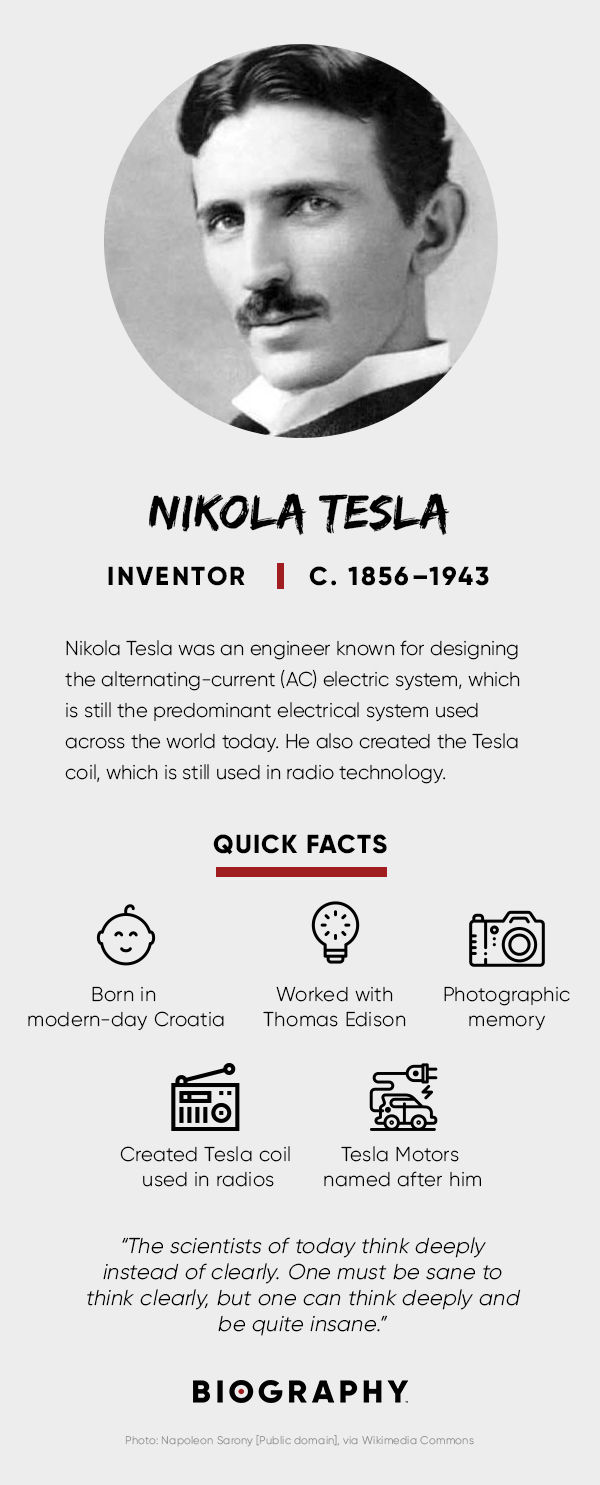Aim:
To Observe A Neutralization reaction.
Equipment: A test tube, Test tube rack, A base, an acid, Dropper, Universal indicator.
Method:
1. Add approximately 1-2mL of Sodium carbonate and place the test tube into the test tube rack. Add 3-5 drops of universal indicator solution.
2. Using a dropper add HCI drop by drop. be careful because adding even a small amount of extra acid can mean you'll miss the neutralization point.
Results and Observations:
When we added the universal indicator it changed colour to the blue for the base, and when we slowly added more and more acid it slowly changed to a green colour. we added to much so it went to yellow then orange but we recovered it with more base to make a green.
Discussion: With this as it was changing colours we could tell if we needed to add more of either the base or acid to be able to neutralize it. as we added it drop by drop we slowly saw it starting to mix but it stayed mostly separate because of the different density's of the solutions. We tapped the test tube to help speed up that mixing process but it looked cool while doing it. When the solution in the test tube is blue it means it is highly concentrated with a base and with a red it is highly concentrated with the acid and when it is green it means it is 50/50 or close enough of a balance so it is sitting at a neutral point. Neutralization is when a solution is in between being to acidic and being a base. So neutralization is finding that mid point in between them both.
Conclusion: For this ours worked well and we were able to neutralize it.
